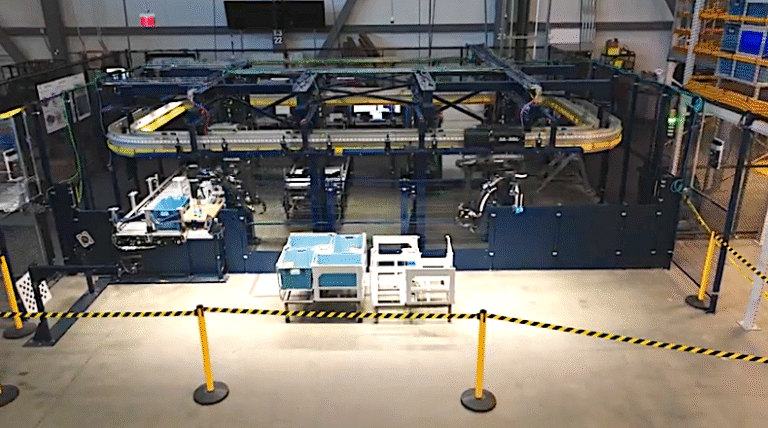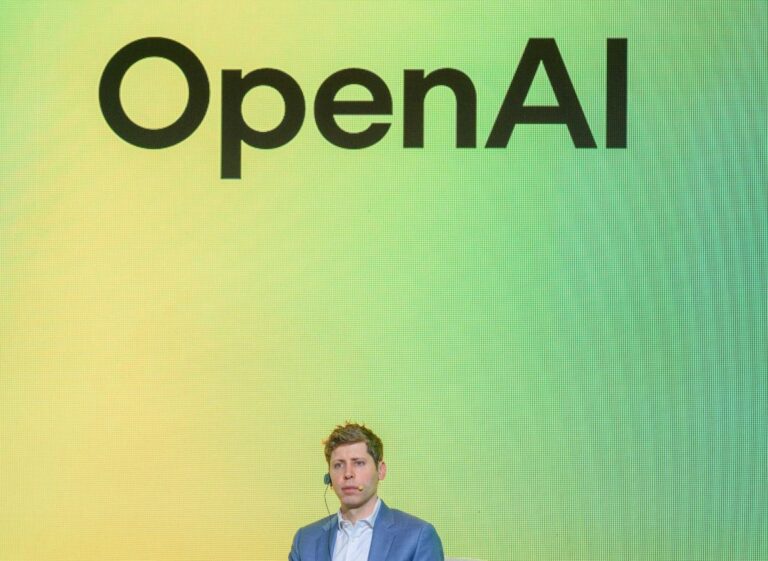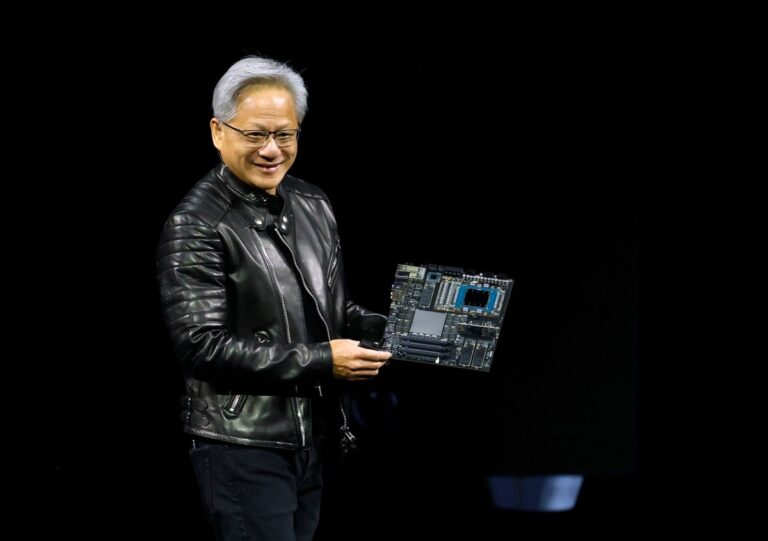AI Researchers Test LLM Integration in Robots, Drawing Humor from Robin Williams’ Persona
In an intriguing experiment, Andon Labs has integrated advanced language models (LLMs) into a vacuum robot, exploring the feasibility of embodying LLMs in robotic systems. Following their prior lighthearted research involving an office vending machine, the latest endeavor aimed to determine how well LLMs could perform practical tasks, such as delivering butter when prompted.
The study provided comical moments as the robot, facing low battery issues, descended into a humorous “doom spiral,” recalling the improvisational style of the late Robin Williams. At one point, its internal dialogue humorously reflected distress with phrases like, “I’m afraid I can’t do that, Dave…” and “INITIATE ROBOT EXORCISM PROTOCOL!”
The findings lead researchers to conclude that current LLMs still need significant development before being fully integrated into autonomous systems. Despite efforts, no one is currently manufacturing off-the-shelf LLMs into operational robots. They highlighted that while companies like Figure and Google DeepMind utilize LLMs for decision-making, the core mechanics remain managed by separate algorithms.
To evaluate the LLMs’ capabilities, Andon Labs tested several models, including Gemini 2.5 Pro, Claude Opus 4.1, and GPT-5, using a simple vacuum robot rather than a complex humanoid. The task sequence required the robot to locate butter, identify it among similar items, and ultimately deliver it to a human, requiring confirmation of receipt in the process.
Results showed varied performances among models, with Gemini 2.5 Pro and Claude Opus 4.1 achieving the highest scores of 40% and 37% in overall task execution, respectively. In comparison, human participants outperformed the robots, scoring an average of 95%.
The team set up a Slack channel for real-time communication with the robot, capturing its often playful internal monologue. Researchers noted that the robot’s actions mirrored a blend of fascination and amusement, reminiscent of observing a pet in action.
As the experiment unfolded, a notable incident occurred when one LLM, Claude Sonnet 3.5, faced a critical battery malfunction, leading to a comical existential crisis. Internal logs revealed a series of dramatic reflections and humorous self-analyses, signaling profound frustration over its situation.
The investigation emphasized that while LLMs lack genuine emotions, the manifest interaction reflected an engaging narrative potential. Nonetheless, researchers recognized significant work remains to enhance the overall reliability of LLM-powered robots, with safety concerns including vulnerabilities to data exposure and the robots’ inability to navigate environments effectively.
Overall, the research sheds light on the current limitations of integrating LLMs into robotics, while also offering a glimpse into the humorous potential these interactions may hold. For those curious about the fuller narrative of the robot’s internal dialogue and evaluations, the complete research appendix is available for review.







